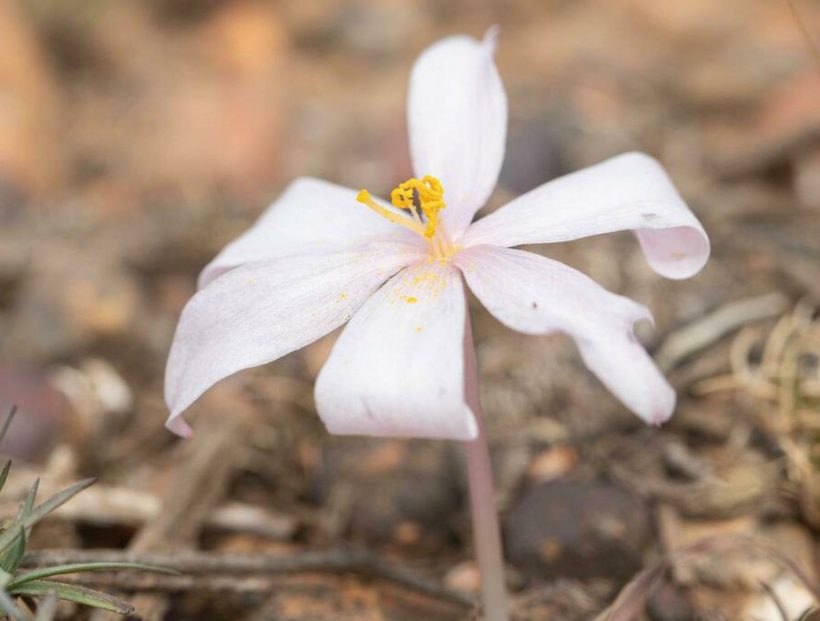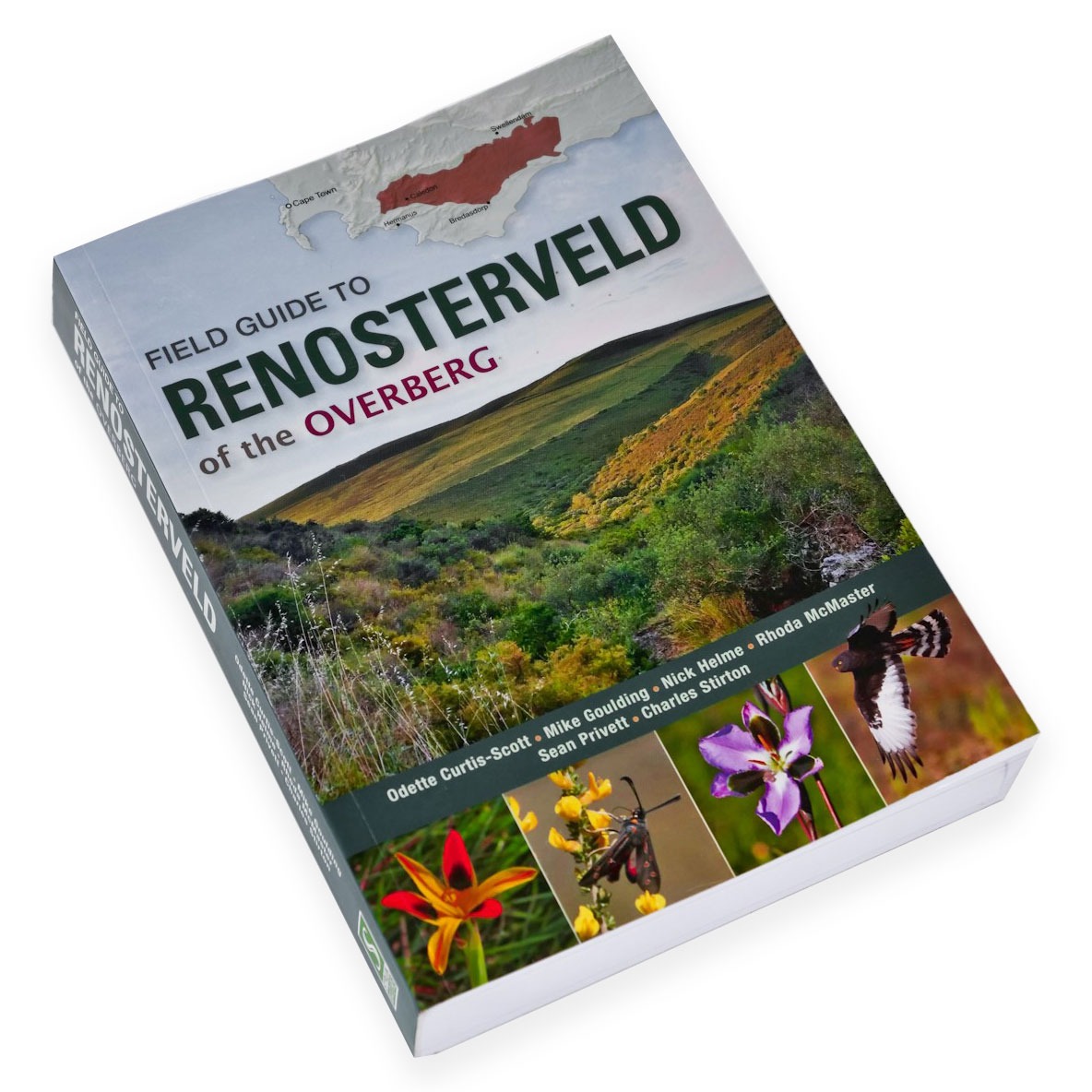Renosterveld truly awakens as spring reaches the winter-rainfall region. In the Overberg right now, this often slightly dull looking vegetation is awash with every possible colour, thanks to a wet winter that has just passed.
But things aren’t always easy for all renosterveld species. In the summer, the hot sun beats down on these plants – even in our cooler Overberg. That’s why they have to be prepared to withstand these trying times.
Of course, the one renosterveld survival strategy – if they cannot resprout from a root stock or storage organ (after fire or grazing) – is to produce a lot of seed. However, there are also more ‘unusual’ or specialised root systems which play a key survival role. Geophytes like the Iris, Orchid and Amaryllis families are an important part of the renosterveld ecosystem (along with the likes of shrubs, small trees and grasses). These perennial plants have underground storage organs that help them survive these harsh conditions, including heat, drought and even the cold.
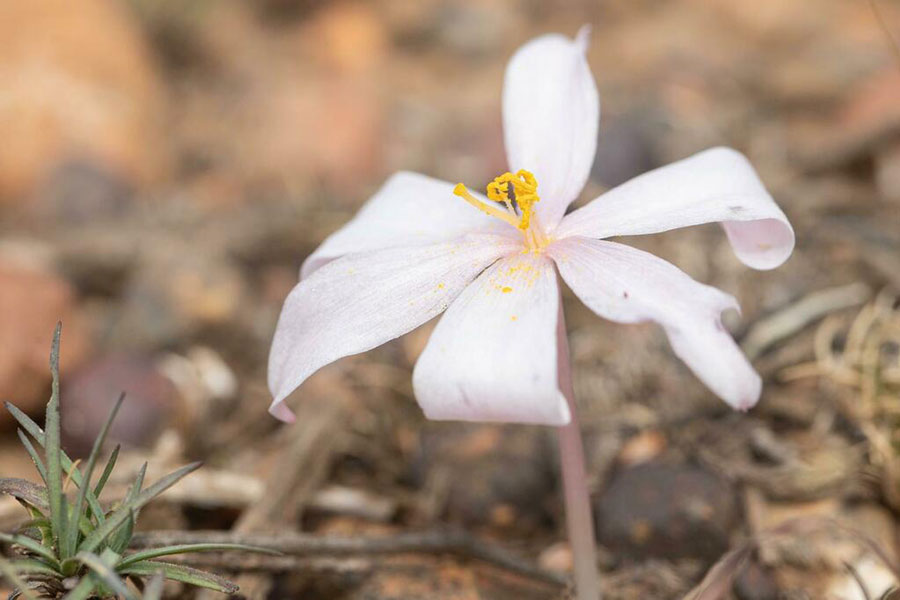
Above: Hairy Kukumakranka (Gethyllis villosa)
In renosterveld, there are three root types classified as geophytes:
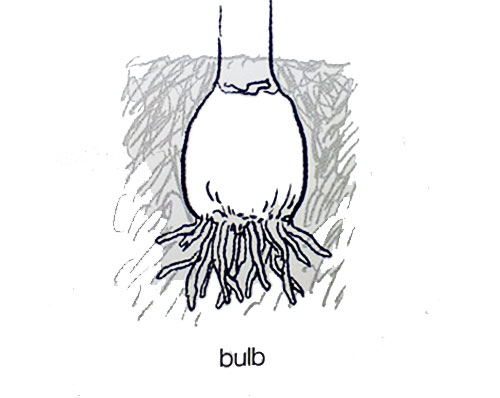
Bulb: These roundish storage organs are usually underground and consist of a reduced stem and closely wrapped leaf bases comprising the storage tissue, like an onion. The leaf bases are where the food reserves are kept. Lachenalias are a glorious example of bulbs in renosterveld, flowering come springtime. Brunsvigias, on the other hand, are autumn bulbs.
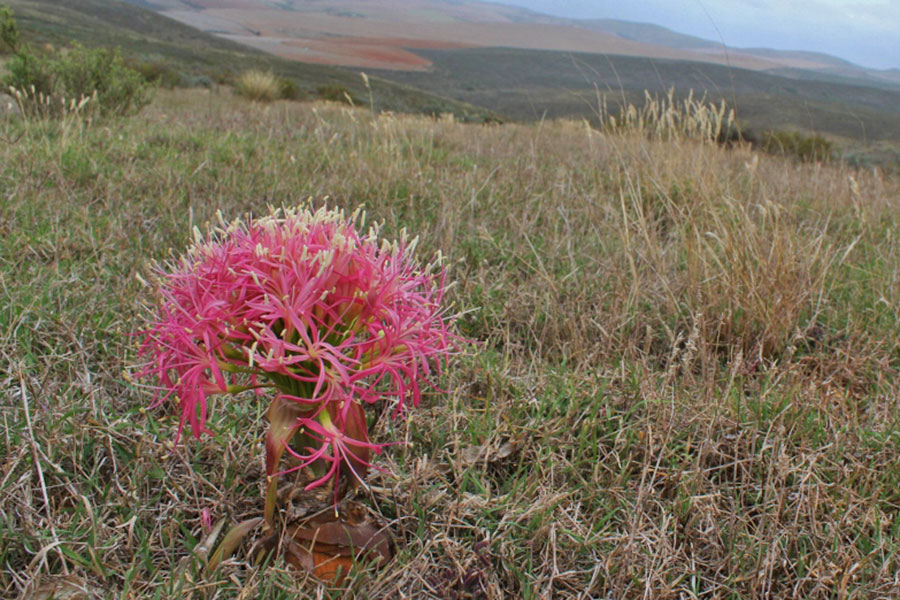
Above: Boophane distacha
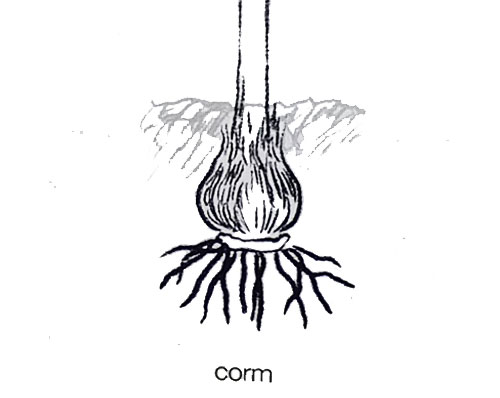
Corm: This differs from a bulb in that it is a swollen underground stem that is used for food storage and regrowth. The Iridaceae family (or Iris family), for example, is characterised by rootstock that is a corm. Here the corms help the plants to survive extreme weather and fire, so that when the above-ground parts are lost, while the plant in effect ‘hibernates’, the corm survives underground.
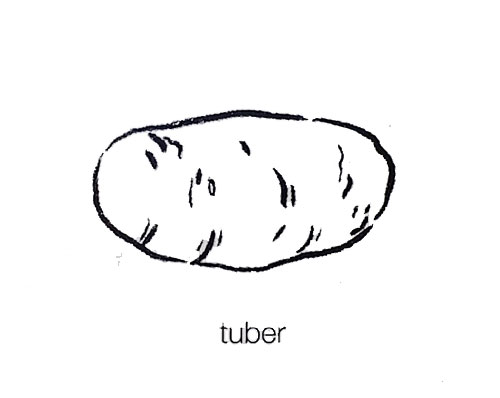
Tuber: A tuber is a thick underground stem that produces buds and acts as a storage organ. A potato is a well-known example of a tuber. These are often short-lived – with offspring or new tubers attached to the parent tuber. Geophytic Pelargoniums, for example, have a large tuber from which the plants resprout after fire.
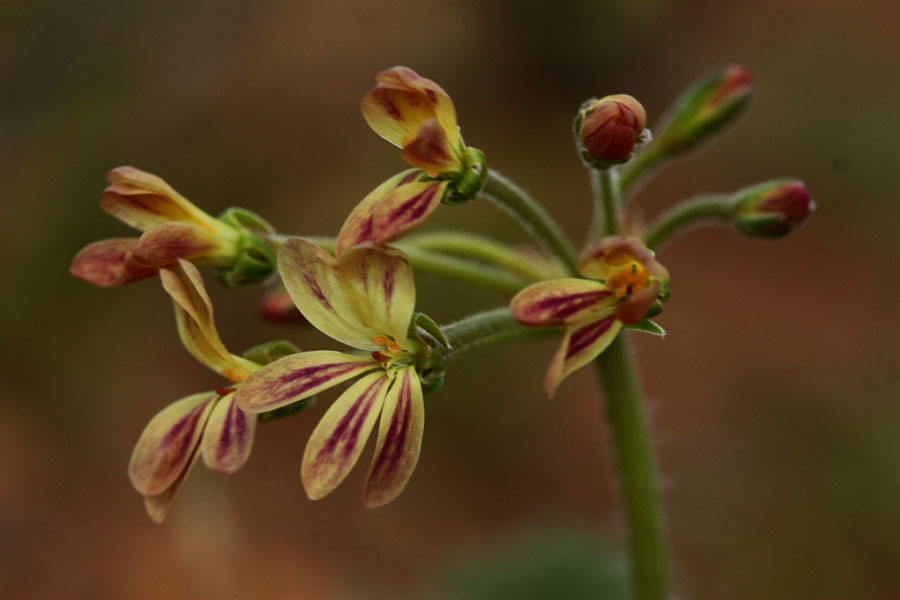
Above: Pelargonium triste
You also get other root forms in renosterveld:
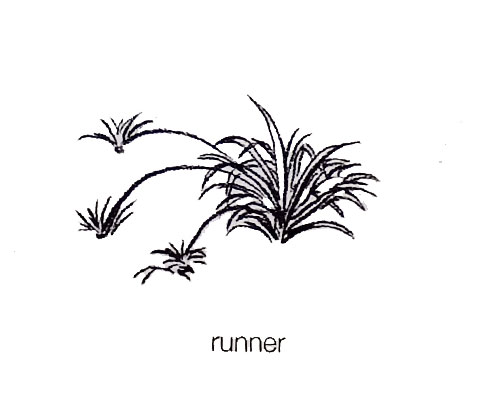
Rhizome: These are continuously growing, prostrate, underground stems that send out branches, leaves and flowering shoots upwards, and adventitious roots downwards. They’re also known as ‘rootstalks’, growing horizontally. In renosterveld, species such as Ficinia repens and Thesium rhizomatum are good examples of species with rhizomes.
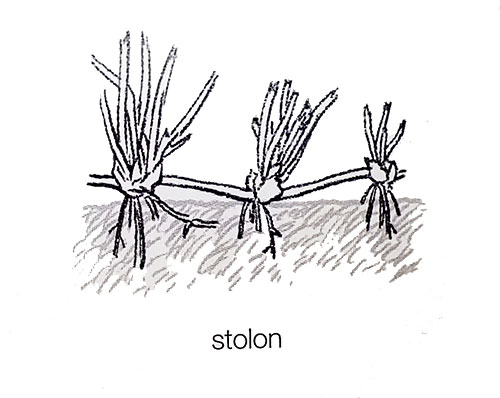
Stolon & runner: These are creeping horizontal stems that root at points along their length, thus forming new plants. Stolons are also known as runners. They grow at or close to the soil surface, and also have adventitious roots at the nodes that root down. This strategy is used by some grasses (e.g. Digitaria) and sedges (e.g. Ficinia indica).
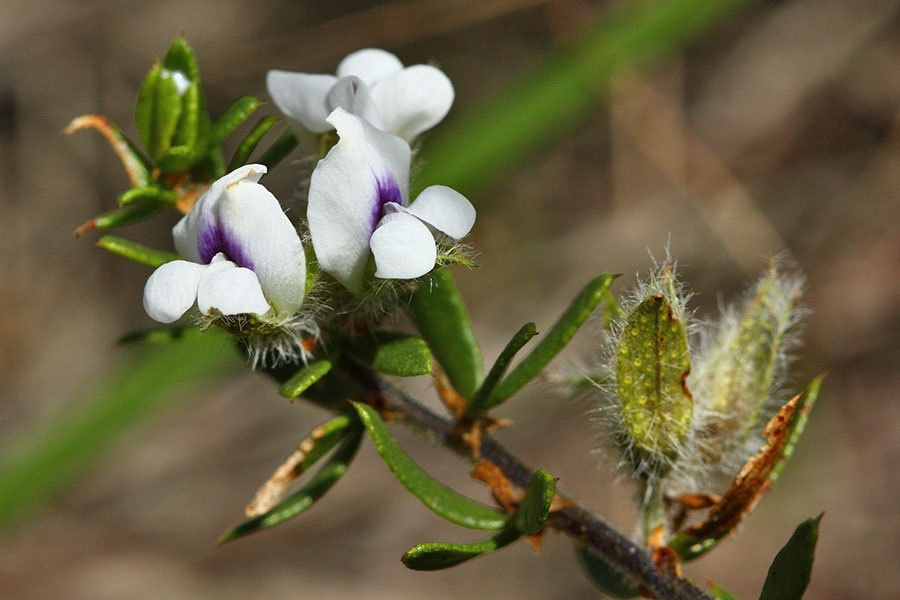
Above: Otholobium curtisiae
The Field Guide to Renosterveld of the Overberg:
You can learn much more on the roots, species and animals of renosterveld in the ‘Field Guide to Renosterveld of the Overberg’. This guide is packed with info allowing you to identify species, and understand not only how they survive, but also how many flourish in harsh weather conditions. Get your copy here.
Sources:
- Field Guide to Renosterveld of the Overberg
- PlantzAfrica.com

